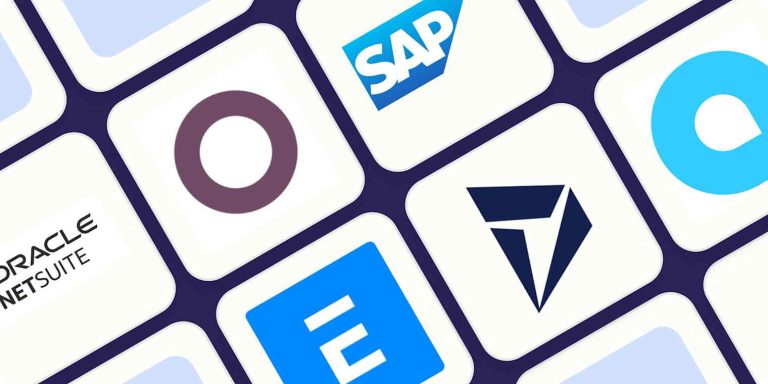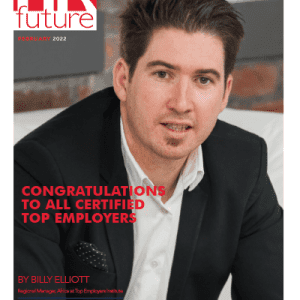How to Develop a Health Insurance Application in 2024
Health insurance platforms are intricate networks that connect physicians, patients, and brokers and enable continuous communication between them. Three distinct components make up those platforms: one for patients, one for healthcare professionals, and one for insurance companies.
Healthcare application development requires consideration of complex networks that connect doctors, patients and brokers, enabling continuous interaction between them. These platforms consist of three main components: one for patients, one for medical professionals and one for insurance companies. HR (human resources) plays an important role in this context, as the successful development and implementation of healthcare applications requires competent professionals who can ensure compliance with security and data privacy standards, as well as effective project management and communication between the various healthcare stakeholders.
Customers may get insurance without completing unnecessary paperwork by using health insurance mobile applications like Oscar Health, Aetna, or Health4me.
Now many are turning to health insurance app development specialists to help users locate doctors within a certain insurance network and compare and choose the best plans for their requirements.
An Overview of the Health Insurance Industry
The market for health insurance is expanding quickly. Before you begin developing an HI app, you need to be aware of certain developments in the healthcare insurance sector.
- The Affordable Care Act (ACA) expanded access, increasing the customer pool. It also drew new insurance providers into the market. With more choices, consumers seek guidance on plans meeting their needs and budgets.
- Digital adoption accelerates across healthcare. Per Statista, 60% of Americans will use health apps by 2023, valuing convenience and self-service. Expectations for mobile functionality and instant answers rise.
- The cost of health insurance rises. Each state has a different price, but the average monthly cost of health insurance in the United States is $584, up 4% over the previous year, according to the most recent poll.
More people are knowledgeable about the various insurance plans and programs. The Internet and worldwide digitalization have made it possible for people to access any service they want and choose the one that best suits their requirements.
Benefits of Health Insurance Apps for HR and HR Departments
An application for medical insurance in 2024 will provide the following benefits for HR departments and their employees:
- Improved Access to Medical Services: The application will allow employees to quickly and conveniently access medical services, including scheduling doctor appointments, receiving consultations, and ordering medications.
- Efficient Management of Medical Services: HR departments will be able to efficiently manage medical services for employees through the application, providing them with access to necessary medical care and enhancing the overall well-being of the workforce.
- Increased Employee Satisfaction: The convenience of using the medical insurance application contributes to higher employee satisfaction, as they can quickly and easily access the required medical assistance.
- Enhanced Health and Productivity of Employees: With convenient access to medical services through the application, employees can more effectively monitor their health, ultimately leading to increased productivity and reduced sick days.
Thus, the medical insurance application in 2024 will play a crucial role in providing convenient access to medical services for employees, improving the management of medical services for HR departments, and enhancing employee satisfaction and health.
Steps to Develop a Health Insurance App
Developing a health insurance application must go through many steps, all of which are essential to its success. Through adherence to these guidelines and close collaboration with users, developers may produce applications that satisfy the requirements of their intended user base. Companies like this one: https://langate.com/ create applications that offer superior functionality and user experience.
Researching the Landscape
The process begins by deeply understanding the target user base and environment. Profile their daily challenges and pain points. How could an app make their lives markedly easier? Examine competitor offerings – what potential gaps exist? Synthesize findings into an application vision with clearly defined goals centered on helping users.
Mapping the Build Plan
With a solid vision in place, map out detailed specifications and components. Itemize features and required integrations. Craft user workflows for typical processes. Set schedules and budget ranges for each phase. Anticipate risks like shifting regulations and tech constraints – and prepare contingency plans. This comprehensive blueprint steers all development work.
Designing an Intuitive User Experience
With specifications set, design an experience optimized for usability and appeal. Sketch initial screen layouts and process flows based on user habits. Develop these into visual concepts for feedback. Refine through repeated user testing until designs intuitively guide users to key functions with an aesthetically pleasing style.
Constructing with Diligent Programming
The rigorous build phase brings the conceived application to reality. Program each planned feature and capability with care, checking rigorously for defects throughout. Optimize processing speeds by identifying and eliminating lags. Collaborate across teams to ensure cohesive technical and design elements.
Testing
Subject the application to extensive evaluation testing across a spectrum of real-world usage scenarios. Identify any remaining bugs or performance delays and resolve them until smooth function is verified. Recruit a diverse set of testers to uncover usability challenges. Iterate until ready to launch with full confidence.
Maintaining Value Over Time
Post-launch, continue engaging users to evolve the application based on their needs. Upgrade features and security protocols continually to keep pace with technology changes. Closely monitor usage metrics and user feedback. This diligence ensures the application sustains relevance, satisfaction, and active reliance from its intended audience over months and years.
Bottom Line
The health insurance market welcomes new ideas. One of the best ways to raise patient satisfaction, treatment quality, and engagement is by developing apps for health insurance. As you can see, several moving pieces in this process need to be maintained. But all is possible when you have a knowledgeable and experienced staff on your side!
Guest writer.












